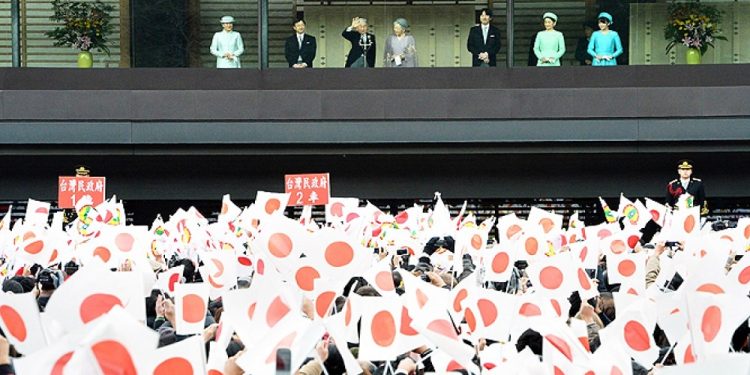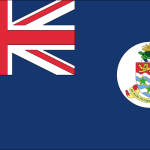
Emperor’s Birthday
The Emperor’s Birthday, also known as Tenno tanjobi, is a national holiday celebrated in Japan. It’s a holiday that celebrates the current birthday of Japan’s Emperor and is currently observed on February 23, which is the day on which Emperor Naruhito was born.
This holiday has been observed since ancient times, but it was made official with the Holiday Act of 1948. This holiday is observed annually with various celebrations, with the only exception occurring in 2019 when Emperor Akihito abdicated in favor of his eldest son, Crown Prince Naruhito.
The History of the Emperor’s Birthday
Emperor’s Birthday is a holiday that has been celebrated for at least 1,300 years, if not longer. It was originally called Tenchosetsu and was observed on the birthday of Emperor Xuanzong of Tang. Throughout the years, each Japanese Emperor would receive their own celebrations. Until 1948, it was called Tenchosetsu or the Tencho Festival. After WWII, it was renamed Tenno tanjobi.
Facts About the Emperor of Japan
In honor of this holiday, we thought that we’d list some of the facts that we know about the Emperor of Japan. So without further ado, below are some facts that people might want to know about this holiday.
- The emperor is a ceremonial figurehead and the head of the Imperial House of Japan.
- Since Japan is a constitutional monarchy, the emperor has little political power.
- Emperor Naruhito is the current Emperor of Japan. He’s been on the throne since 2019.
- Before Crown Prince Naruhito ascended to the Chrysanthemum Throne, Emperor Akihito had been on the throne since 1989.
- The Imperial Palace has been located on the former site of Edo Castle since the mid-19th century.
- The Japanese Emperor is a symbol of the state and a symbol of the unity of the Japanese people.
- The emperor of Japan isn’t given reserve powers.
How the Emperor’s Birthday Is Celebrated
On this holiday, a public ceremony takes place at the Tokyo Imperial Palace. The normally closed-off gates of the palace are opened, and the Emperor, Empress, and noted members of the Imperial family appear to the public on a balcony to acknowledge the well-wishes of the public. This is known as Ippan-sanga.
The public is allowed to enter the inner grounds of the palace, and each one is given a small Japanese flag. When the Emperor appears on the balcony, the crowd cheers “Banzai,” a word that means “10,000 years.”
The ceremony lasts approximately three minutes, after which the crowd is shown out, and a second group is brought in to pay homage to the Emperor. This happens several times. On television later that day, the Emperor will address the nation and give his thanks.








